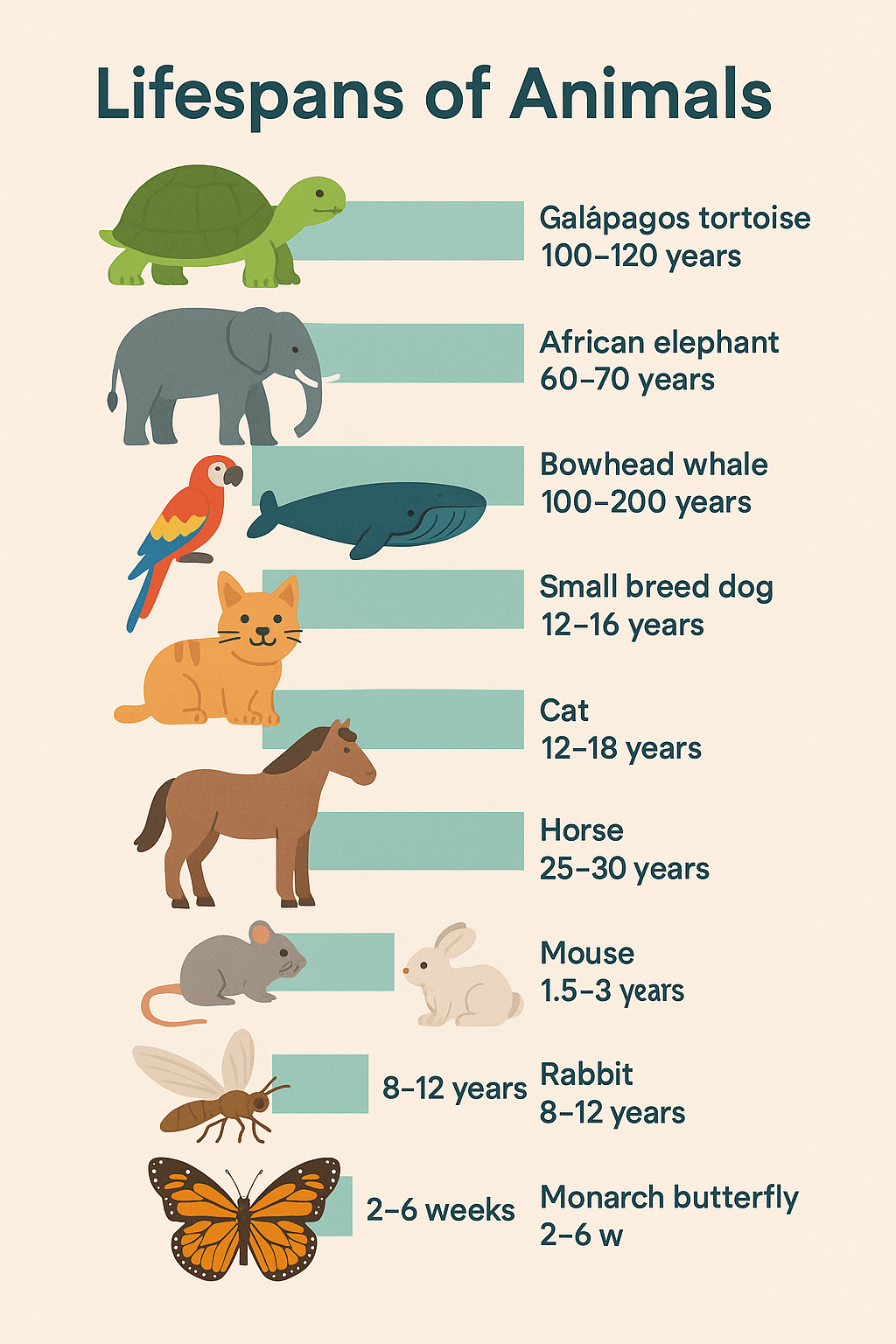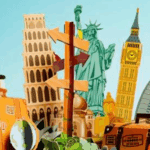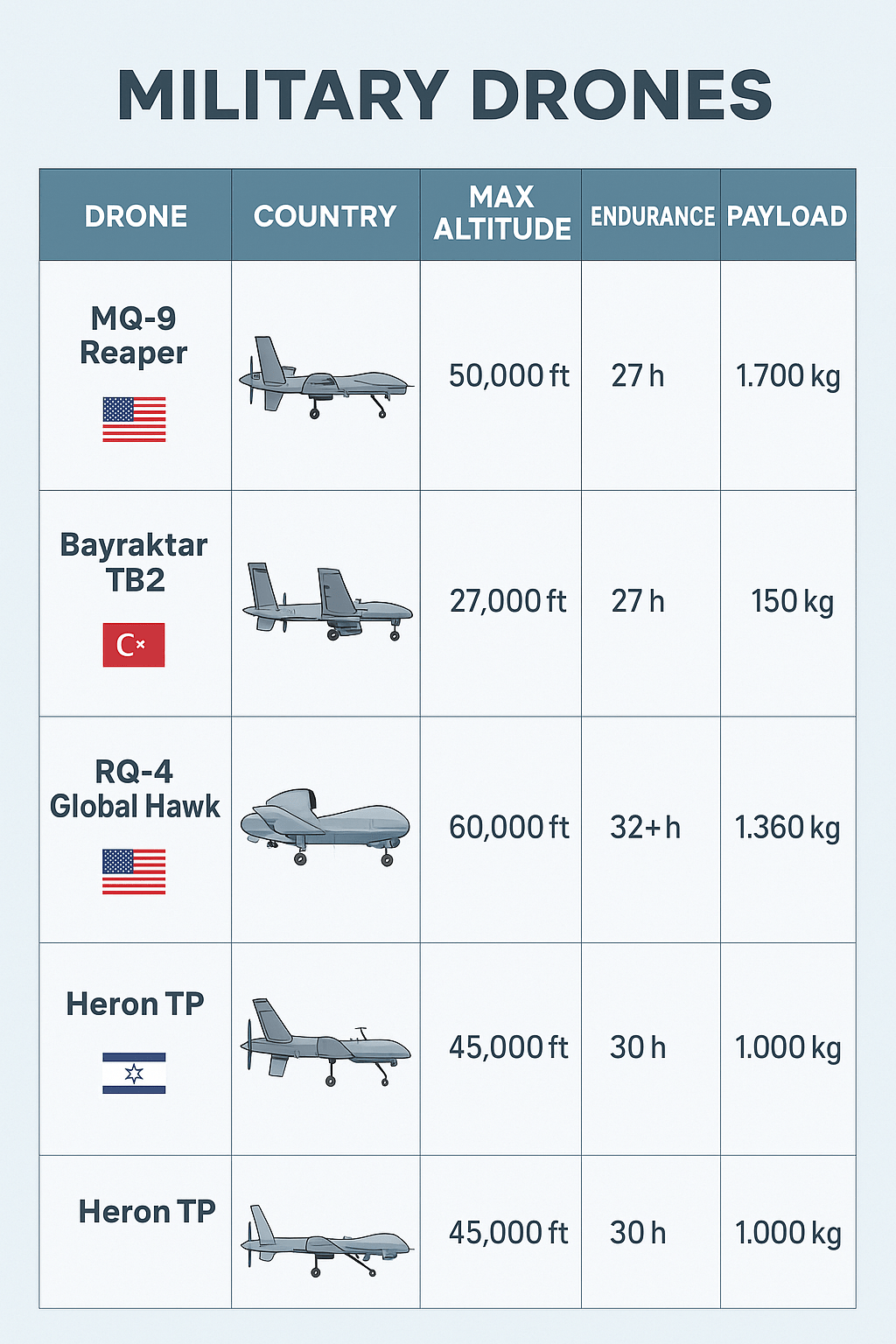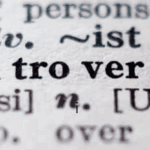
Navigating Inflation: Products and Services Spared in India Over the Last Decade

Inflation, the general increase in prices and the fall in the purchasing value of money, has been a persistent issue in India, affecting various sectors differently. However, some products and services have been relatively spared by inflation over the last decade. This blog post explores these areas, highlighting how and why they have remained stable amidst economic fluctuations.
1. Telecommunication Services
One of the most notable sectors that has seen stability, and even a reduction in costs, is telecommunication services. The entry of Reliance Jio in 2016 revolutionized the industry by offering free voice calls and significantly cheaper data rates. This sparked intense competition, leading to a dramatic decrease in the cost of mobile data and call rates.
- Data Costs: According to a report by the Telecom Regulatory Authority of India (TRAI), the average cost of mobile data plummeted from around ₹269 per GB in 2014 to less than ₹10 per GB by 2021.
- Subscriber Growth: The number of internet subscribers grew exponentially, from 302 million in 2015 to over 749 million by 2020, making data services more accessible and affordable.
2. Consumer Electronics
The prices of consumer electronics, particularly smartphones and televisions, have also seen a relative decline or remained stable due to technological advancements and increased manufacturing efficiencies.
- Smartphones: The influx of Chinese manufacturers like Xiaomi, Vivo, and Oppo has driven down smartphone prices while increasing the features and quality. A basic smartphone that cost around ₹10,000 in 2012 now offers far superior technology and features at the same price point or even lower.
- Televisions: The adoption of LED technology and the entry of new brands have kept television prices competitive. A 32-inch LED TV, which cost around ₹25,000 in 2012, now retails for less than ₹15,000, with added smart features and better display quality.
3. Online Streaming Services
The entertainment industry, particularly online streaming services, has become more affordable and accessible. Services like Netflix, Amazon Prime Video, Hotstar, and others have introduced competitive pricing strategies to attract a broader audience.
- Subscription Costs: The cost of a basic Netflix subscription has remained around ₹199 per month, while Amazon Prime offers a bundled service (including Prime Video, free shipping, and music) for ₹999 annually. These rates have provided more value compared to traditional cable or satellite TV subscriptions.
4. E-commerce and Retail
E-commerce has transformed the retail landscape, offering competitive pricing and discounts that have helped shield consumers from inflation to some extent.
- Discounts and Offers: Platforms like Amazon, Flipkart, and Myntra frequently offer significant discounts, especially during festive seasons and special sales events. This competition has kept prices for various products, from clothing to electronics, relatively stable.
- Consumer Choice: The increase in choices and availability of products has driven prices down. For instance, fashion items and household goods often come with offers that make them more affordable than their brick-and-mortar counterparts.
5. Healthcare Services (Generic Medicines)
While healthcare costs have generally risen, the availability and promotion of generic medicines have helped control expenses for many consumers.
- Generic Drugs: The Indian government’s initiatives, such as the Pradhan Mantri Bhartiya Janaushadhi Pariyojana (PMBJP), have made generic medicines more accessible and affordable. These medicines are priced significantly lower than their branded counterparts, offering relief to consumers.
- Pharmacy Chains: The growth of pharmacy chains like Apollo Pharmacy and MedPlus has also ensured competitive pricing and availability of essential medicines.
Factors Contributing to Stability
- Technological Advancements: Innovations and improvements in manufacturing processes have led to cost reductions, particularly in the electronics and telecommunications sectors.
- Market Competition: Intense competition among providers, especially in telecommunications and e-commerce, has kept prices low.
- Government Policies: Initiatives like promoting generic medicines and reducing tariffs on electronic goods have contributed to stabilizing prices.
Conclusion
While inflation has affected many areas of the Indian economy over the past decade, certain products and services have managed to remain stable or even become more affordable. Telecommunications, consumer electronics, online streaming services, e-commerce, and generic medicines have all seen trends that counter the typical inflation narrative. Understanding these exceptions can provide valuable insights into economic resilience and consumer benefits in times of financial change.
By focusing on these sectors, consumers can better navigate the challenges posed by inflation and make informed decisions that leverage the stability and affordability these products and services offer.
References
- Telecom Regulatory Authority of India (TRAI) Reports: TRAI
- Ministry of Electronics and Information Technology, Government of India: MeitY
- Amazon and Flipkart Sales Data: Amazon India and Flipkart
- Pradhan Mantri Bhartiya Janaushadhi Pariyojana (PMBJP): PMBJP
- Netflix India and Amazon Prime Video Pricing: Netflix India and Amazon Prime Video
Hello, I am Aman (: Full Time Traveler :) At the age of 41, in April 2023, fueled by my love for travel and the determination not to remain fixed like a tree, I embarked on a bold journey. Having dedicated 17 years to a corporate job, I chose to transition from a full-time employee to a full-time traveler, driven by the desire to break free from the routine and constraints of a conventional life. Along the way, I not only explored the wonders of travel but also uncovered the transformative power of financial freedom. I realized how it could liberate me to lead a life teeming with adventure, purpose, and fulfillment. Through my blogs, I am passionately sharing my story, aiming to inspire and provide valuable guidance to those, like me, who aspire to weave travel into a life overflowing with limitless possibilities.





















Post Comment
You must be logged in to post a comment.